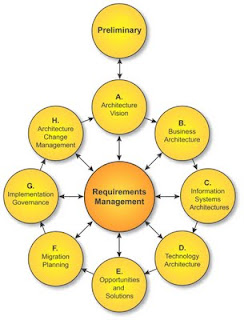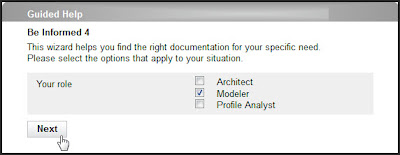Wrap it up and do it again!
We’re at the final episode in this blog series about writing effective articles. In this series of blog posts I have explored the criteria for a successful article, providing you some best practices, lessons learned and examples from my own work.
So what is the recipe for an effective article? For those of you that just jump in, I would recommend going back to the first blog post. For those of you who have followed me all the way through, let’s summarize it:

The recipe for an effective article
So what is the recipe for an effective article? For those of you that just jump in, I would recommend going back to the first blog post. For those of you who have followed me all the way through, let’s summarize it:- Start with the definition of your goal: What do you want to achieve with your article?
- Add to it a clear definition of your audience: Who are you writing for?
- Now – while keeping an eye on goal and audience – make a sketch of your story: What should the high level structure of your article look like.
- Detail the building blocks of your story and place them in the high level structure
- Gather the information you need for your article – in a raw form - and start placing it in the building blocks.
- Write
- Ask a co-writer and/or subject matter expert to review your article
- Do an optional pre-test of your article with someone from your audience
- Optimize your text
- Push the “Publish” button
Push the Publish button
Publishing your article in your personal blog is simply a matter of pushing one button in your browser. But what about publishing your article in a magazine? This would require a few more steps.
The first step is to select the magazine you are targeting on, this is typically something you do at the moment that you define the goal and set your audience. If you for instance want to reach managers, you are typically aiming on a magazine like the Journal of International Management. If you aim for technical communicators, you could choose for the Intercom, the international magazine for technical writers and information developers.
Use your network to get your article published. I have tried several times to get an article published by just sending it to the mail address of the editors, only to receive a response (if I would get a response at all) that they either had no room for another article in the next editions, or the article didn’t fit into the predefined themes. Using the same article through someone in my network resulted in an almost instant publication. Use LinkedIn to find out how you are connected to the editors of the targeted magazine or journal and ask your contact to recommend your article.
Practice makes perfect
After the successful publication of your article you can relax and enjoy the success. Take the time to evaluate the impact of your article on your target audience. Did you reach your goal?
If your article was successful, chances are that the editor of the magazine will gratefully accept a next article. So enjoy your success, but not for too long: your next article is waiting for you!



Comments